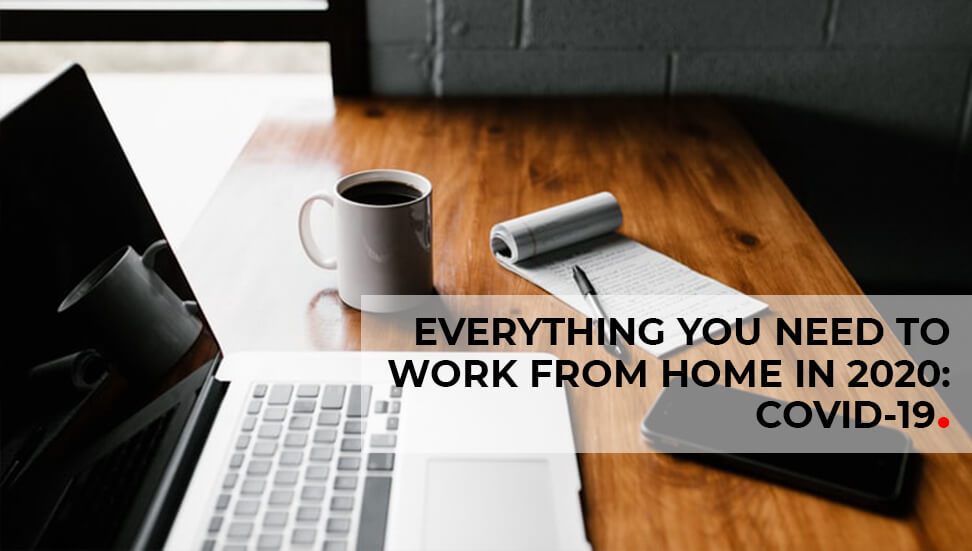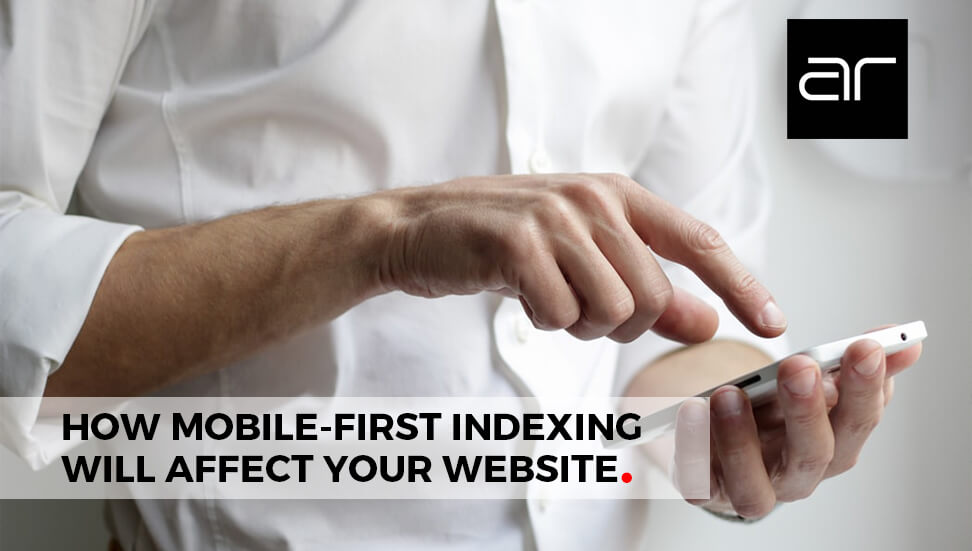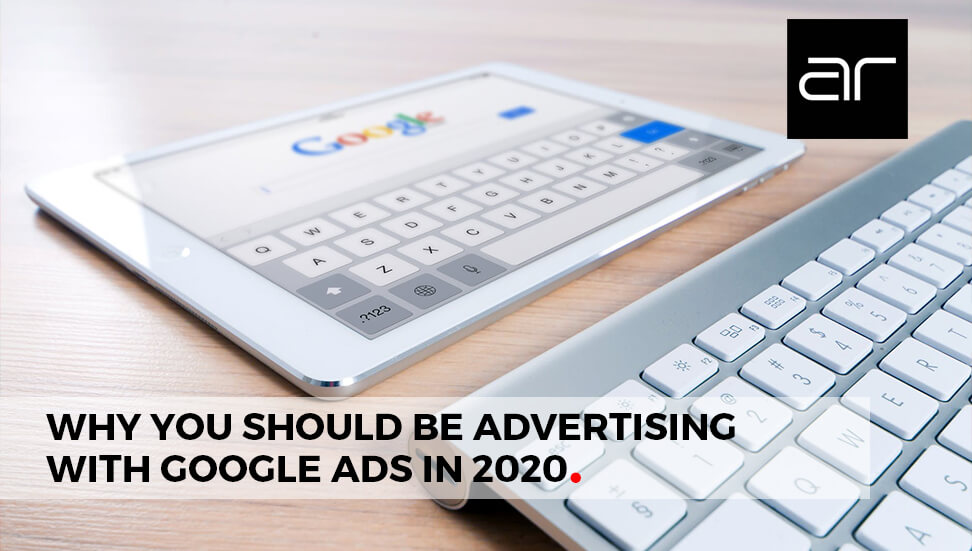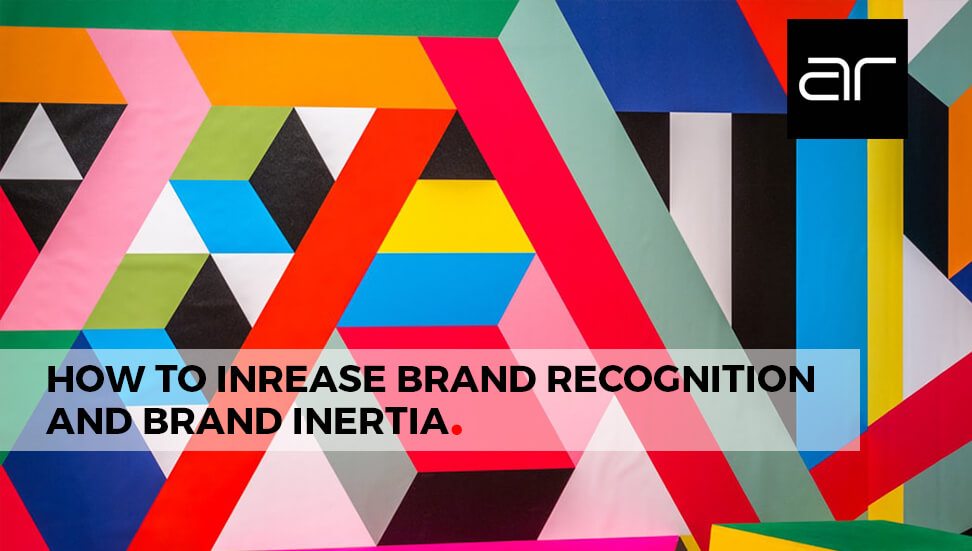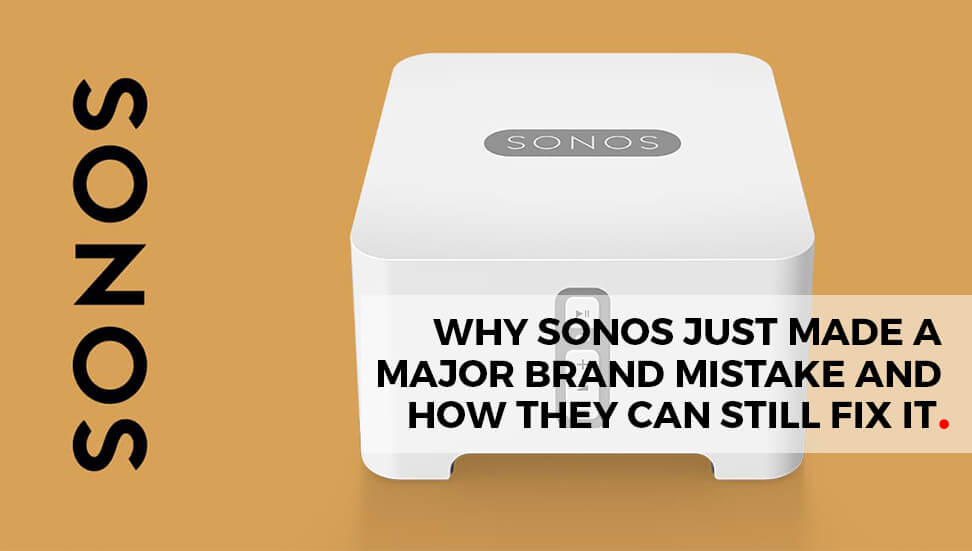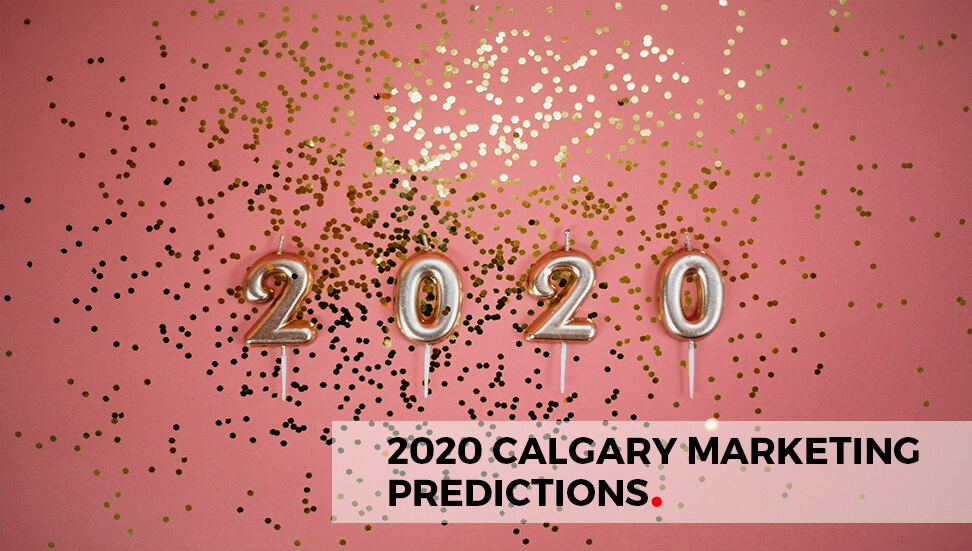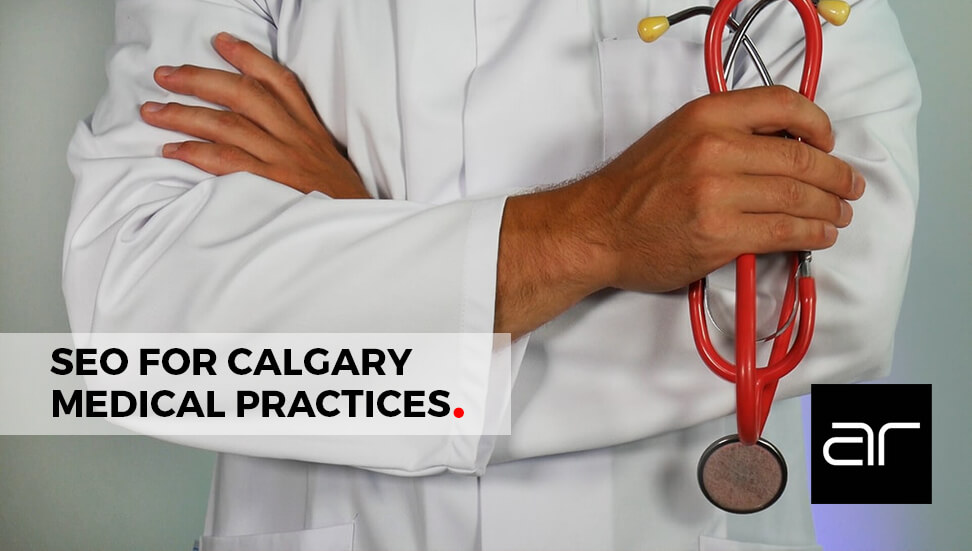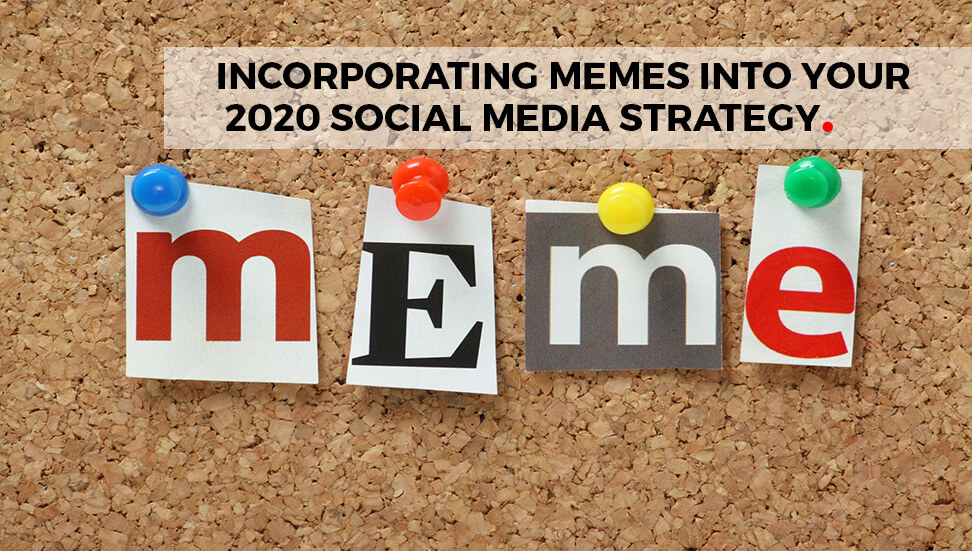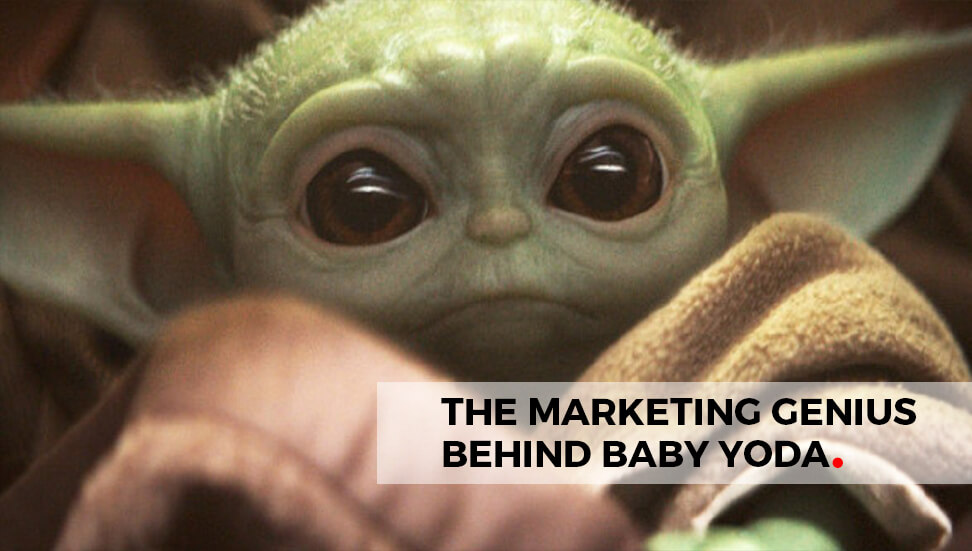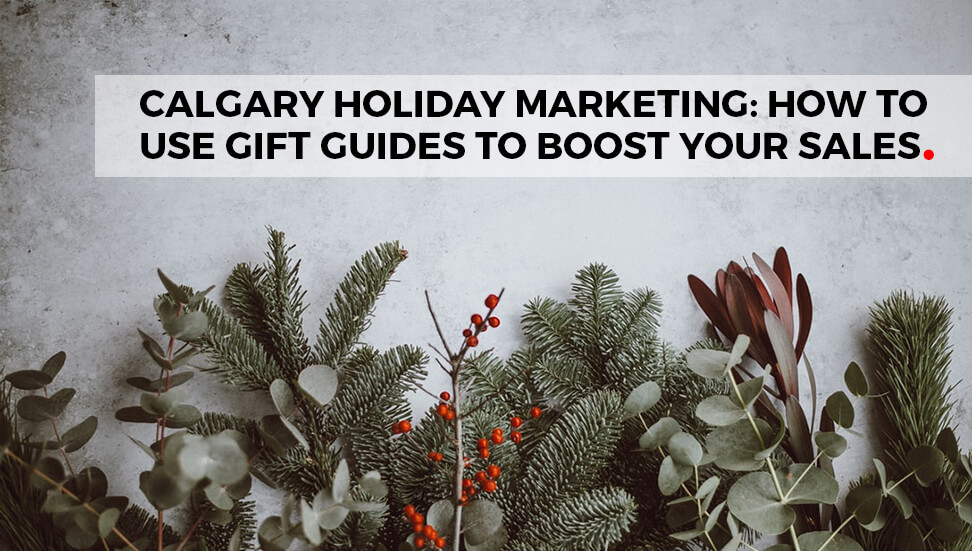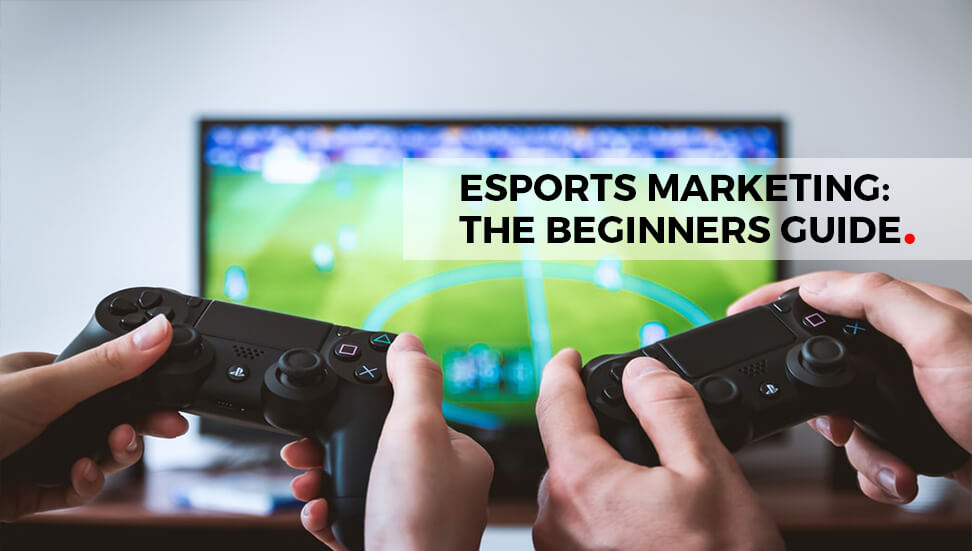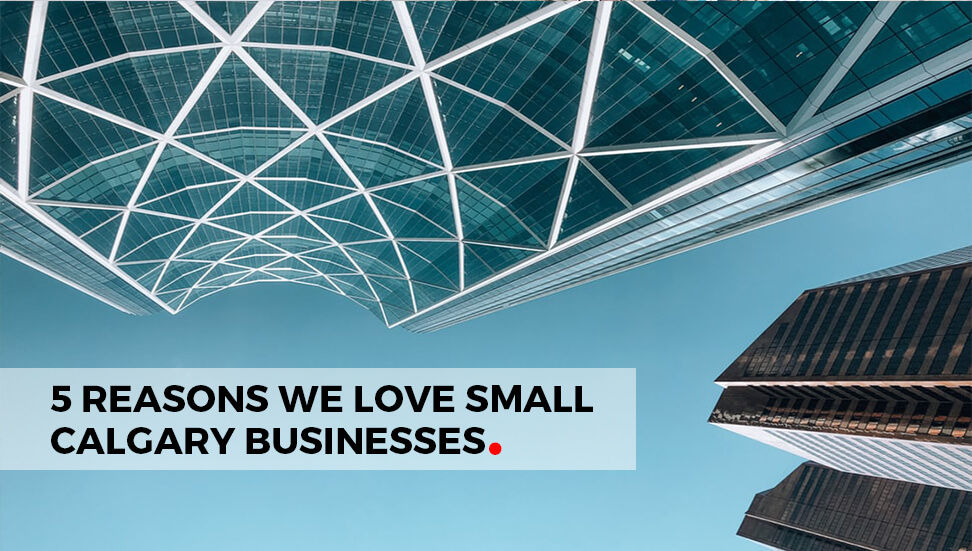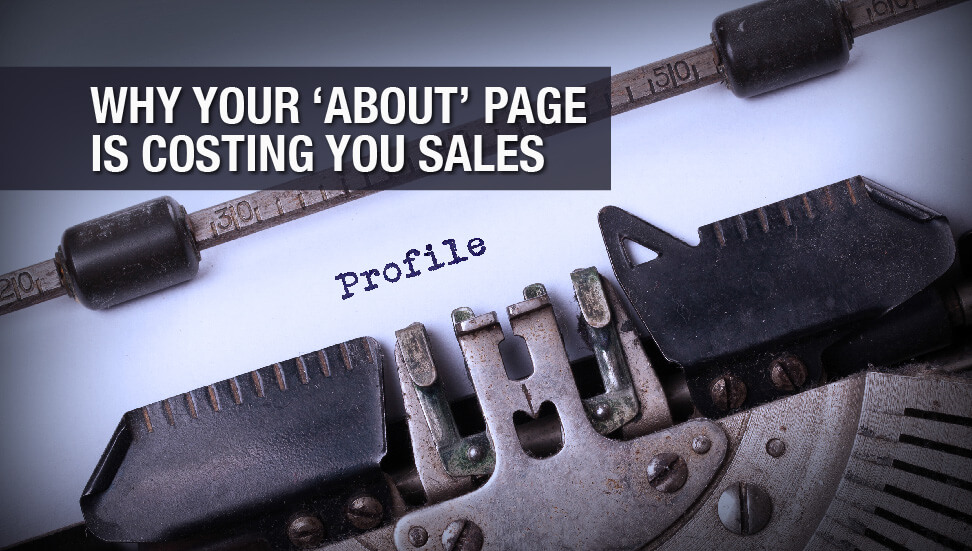When we take a company’s Web traffic analytics we can almost guarantee on one Web page that will figure prominently in their top three most frequented will be … the ‘About’ page. It may come as a shock to you, but that page that you thought was just there to make up the numbers, is probably one of the first pages a prospective customer goes to when they visit your website. If you aren’t leveraging that frequency it’s going to cost you big time.
Creating a whole website sized amount of content is a massive job. You are pulled in all directions to provide content to your Web designers that adequately represents your product to your prospective audience, so it’s easy to overlook the text on your ‘About’ page or even ignore it altogether. It’s hard to see why you need one ego-centric page when the focus of the site is to sell your product, but it’s the fact that that page does not refer to the product that makes it so important. If a customer has clicked through to your ‘About’ page it is usually because they are undecided about a purchase and want to know about the company they would be patronizing. In other words, if your ‘About’ page isn’t effective it can mean all the difference between an abandoned cart – and a sale.
So what should your ‘About’ page say?
That’s a simple and complex question. If you think that it should be a page about you… you couldn’t be further from the truth. The purpose of an About page is to sell yourself to your audience. In essence, it’s another sales page. This is the only page that you get to sell your ethos, your goals and your downright awesomeness. That sounds like it should all be about you – but it’s not what you say… it’s how you say it.
If your ‘About’ page is a list of facts and figures loosely based on a competitor’s site you read once and kind of like, then you need to rewrite it. If you haven’t bothered to create an ‘About’ page at all in an act of radical rebellion against the establishment, put away your paranoia and make one. It may seem like a massive waste of time, but people will visit it, or at least want to visit it and if you don’t have one, you might as well just post a link to your competitor’s website because it will have exactly the same effect.
As you search for content that isn’t facts and figures, get into a selling frame of mind, but remember – people use the emotive side of their brains to make a purchase. What that means is that you have to appeal to their emotions in your ‘About’ page and make them feel something. Something positive that motivates them to look further into your website and ultimately make a sale. You want them to love what read and leave wanting to come back. Use the page to become a friend that they wouldn’t think of abandoning.
One approach that works well is to use the opportunity to give the user a chance to take an intimate look into your company. Take them places they wouldn’t access otherwise. Appeal to all the places they make decisions – like their gut, it always seems to have the last word – and make it emotional.
Talk about the problems you’ll solve, how you overcome the early challenges of being a company, why you’re different and anything else that means you care. Always keep one eye on the customer’s view and what the customer wants to hear, remember you are selling, not telling about your company. It really is an ‘about them’ page, only written from your perspective. You want to capture their hearts, so leave no emotion unturned.
Another way to evoke an emotional response in your audience is to use imagery. Photos are very important to the brain for recall. Blocks of text are all similar in look, which makes them hard to remember if you’ve trawled several hundred pages looking for a particular item. If you put an image on the page, you immediately make that page more memorable. You have to make sure that the images you choose are of high quality and really represent your company and your product.
Professional photography is worth the investment, but if that is stretching the budget a little too far, then consider using royalty-free stock options that you can find through an internet search. These photos and pictures are available for anyone to use and are often taken by professional photographers who love their work and are willing to share it for nothing in return. The images are published under a creative commons zero license, which puts them in the public domain and makes them free for use in any media.
One of the biggest mistakes you can make with your ‘About’ page is to make it video-centric. Video is considered to be the next generation of marketing, with some forecasts that all content will be video within the next 5 years, but they’re wrong. And they’re wrong because of the same reason that you don’t want to have them on your ‘About’ page.
One drawback of the video is that it’s not searchable. You can find a video via a search, but unless you make a note or mark of where the information is, you have to view the whole video again to find the information you want. And the video is one thing that you can see too much of and give your prospective customers digital movie burnout. If all your products are advertised in 6-minute videos, including your company information, it won’t be long before your customers watch one, get bored and quickly find another more easily searchable site to buy from. Video has its place, but that’s not on your ‘About Us’ page.
Your ‘About’ page needs to be well thought out, enticing and informative. It will take a little time to make the page really ‘you’, but it’s worth it. It will get visited and it will close sales – but only if you’ve done it right.

